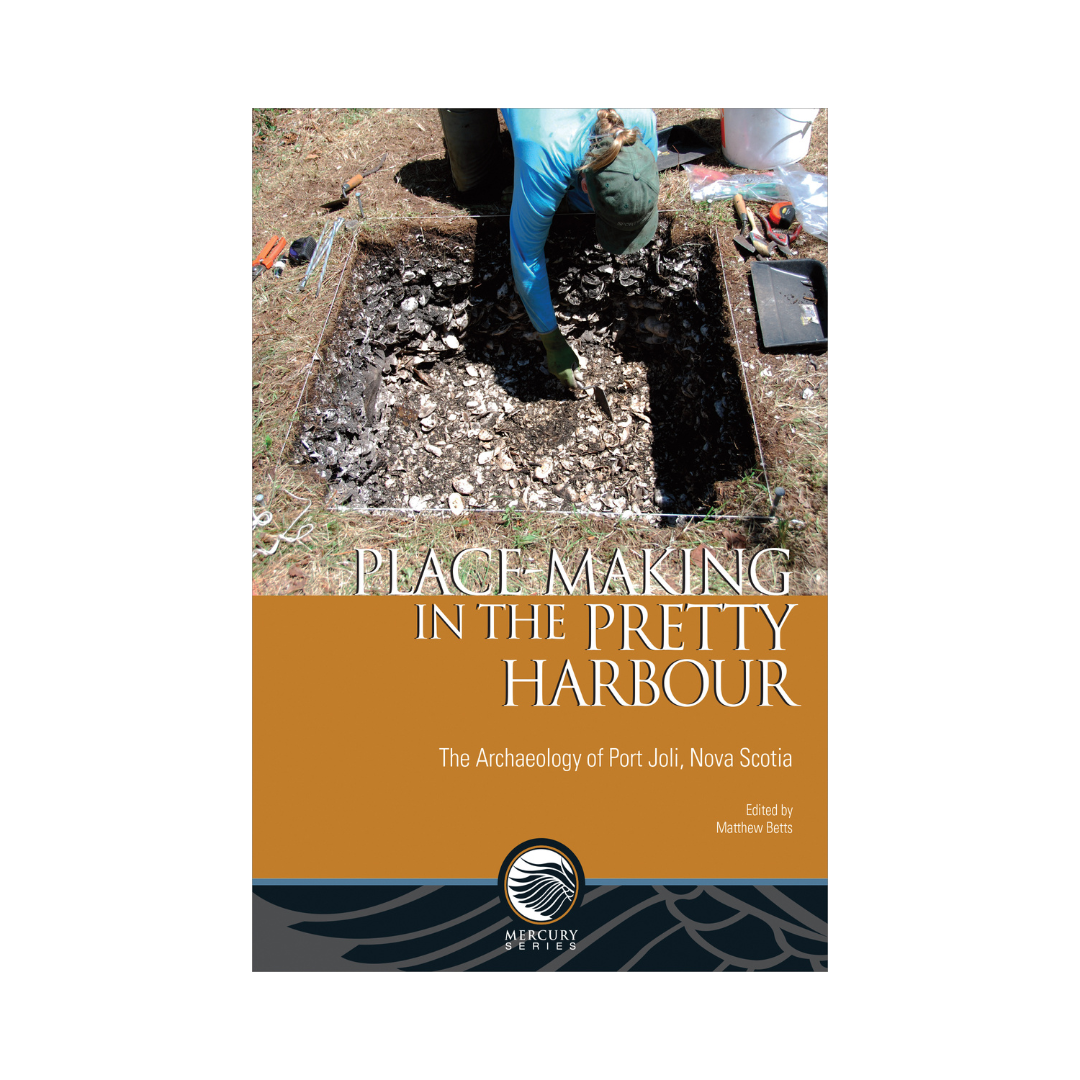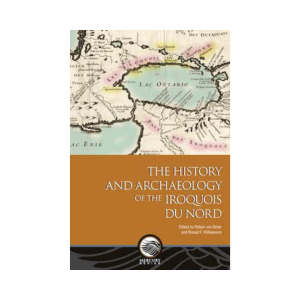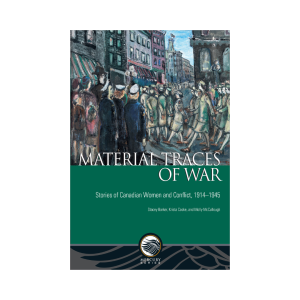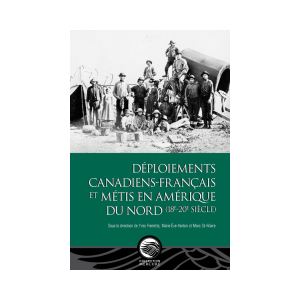Place-Making in the Pretty Harbour: The Archaeology of Port Joli, Nova Scotia
$49.95
The book describes in detail the findings of five seasons (2008-2012) of survey and excavation in Port Joli, and ten years of laboratory analysis, undertaken by the Canadian Museum of History, in collaboration with Acadia First Nation. It also incorporates data recovered from previous archaeological work conducted in Port Joli by Erskine, Raddall, Millard, and others, providing a complete synthesis of one of Nova Scotia’s richest Indigenous archaeological records.
Available for free download, two tables:
Table 7.1a Stone Tool Analysis – Non-Metric Attributes
Table 7.1b Stone Tool Analysis – Metric Attributes
Place-Making in the Pretty Harbour: The Archaeology of Port Joli, Nova Scotia
Edited by Matthew Betts
2019, 9-978-0-7766-2777-9
Mercury Series (Archaeology Paper 180)
360 pp., 193 illustrations, 15×23 cm, paperback
This book describes the work of the E’se’get Archaeology Project, a community-based research endeavor focused on defining the archaeological record of Port Joli Harbour, Nova Scotia. The project was undertaken by the Canadian Museum of History, in close collaboration with Acadia First Nation and the University of New Brunswick. Five seasons (2008-2012) of survey and excavation was undertaken at a remarkable archaeological location. Port Joli Harbour contains the largest concentration of shell midden sites in Nova Scotia. The preservation in these ancient middens provides an unrivaled view into Ancient Mi’kmaw life on the South Shore from 1600 years ago until well after the arrival or Europeans. The massive archaeological assemblage recovered includes specimens never before discovered by archaeologists in the region. In addition to unique shell midden sites, the project resulted in the first detailed excavation of wigwam floors in the province, and the discovery of the first archaeological sweat lodge on the Maritime Peninsula. With nearly 22,0000 artifacts, and tens of thousands of animal remains, the recovered assemblage provides the highest resolution dataset relating to ancient Mi’kmaw coastal life in Nova Scotia ever produced.
The volume attempts to revive the tradition of a site monograph, a form of publication which has not occurred in the Mercury Series in over 20 years, but once formed the bulk of the series. Over nine chapters, this volume provides a complete description and synthesis of the archaeological data recovered from Port Joli. Hundreds of artifact plates, technical drawings, profiles, and maps, in addition to a complete artifact description and analyses provide a comprehensive reference to the archaeology of the harbour. It also provides a detailed overview of the physiographic and climatic history of Port Joli. It presents data from previous archaeological work in the area conducted by John Erskine, Thomas Raddall, and others, providing a complete synthesis of one of Nova Scotia’s richest indigenous archaeological records. A complete analysis and interpretation of the data results in a thorough interpretation of ancient life in the harbour, as well as an assessment of the record in the context of the regional archaeological record. The volume ends with a grand synthesis, taking the form of a culture history of Port Joli, summarizing how Port Joli, the “pretty harbour”, became a central place for Mi’kmaq and their unique way of life.





